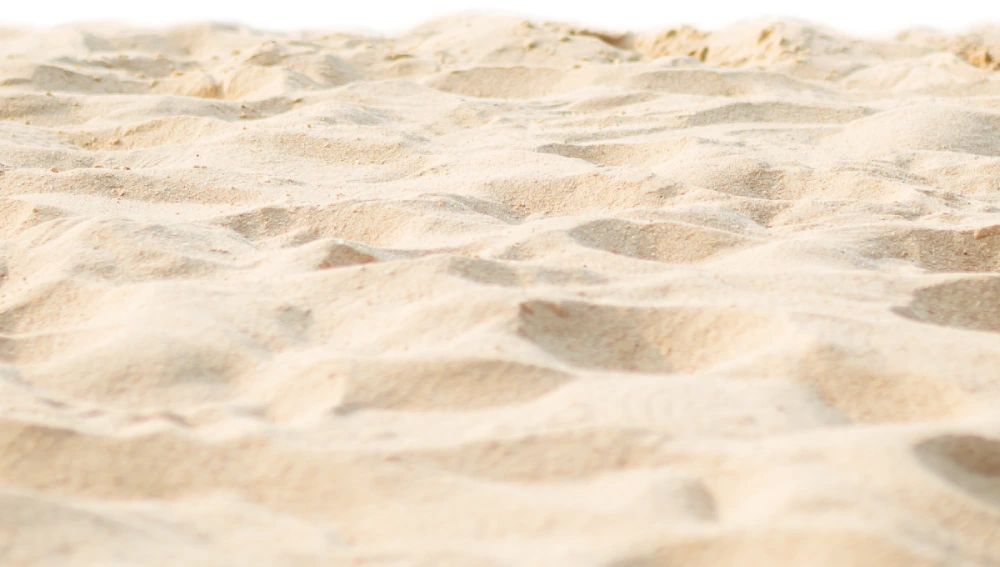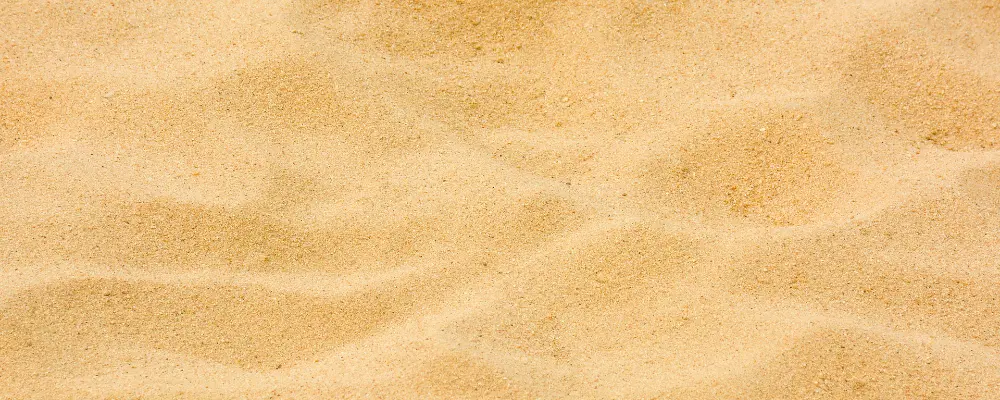Sand is classified as a granular material and is made up of minute fragments of rock and minerals. It is used in construction and landscaping mainly for preparing concrete, mortar, and plastering and for constructing pavements. Type 3 sand is a subcategory that defines sand depending on its particle size and the other particles contained in it.
Understanding Type 3 Sand
According to particle size, type 3 sand is fine ranging between 0. 25 mm and 0. 5mm These ensure that the majority of the sand particles are of this size and shape though the shape may range from angular to subangular. Type 3 sand can be of different colors because of its mineralogical constitution and may have quartz, feldspar, or other minerals.

Material Composition
Type 3 sand is an aggregate of hard and resilient rock and minerals eroded into small particles by weather conditions. The components in the type 3 sand can be different depending on the geology of the country and the kind of sand used.
Inclusion of Fines
Although type 3 sand consists of a large grain size, it can include some fine particles for example dust or any particle below 0. 075 millimeters. The fine particles can enhance the workability of sand. They also help the sand particles stick together in construction.
Absence of Impurities
Type 3 sand lacks organic materials, clay, and silt. These materials can make sand perform poorly in construction. But in any case, there is always a degree of contamination that depends on the raw material and the treatments made.
Applications of Type 3 Sand
Type 3 sand has many uses in construction and landscaping. This is because of its particle sizes and composition.
Sub-Base Material
One of the primary applications of type 3 sand is as a sub-base material for roads, highways, and building foundations. The sand is a good plane for construction. It ensures that stresses are spread well. This prevents buckling or cracking.
Roads and Highways
Type 3 sand is commonly used in the construction of roads and highways as a sub-base material. The sand provides a good base for asphalt and concrete. They cover the sand to prevent potholes and other damage.
Building Foundations
In addition to its use in road construction, type 3 sand is also used in the construction of building foundations. The sand allows the foundation to be firm thus preventing it from settling and also enabling the construction of a strong building.

Advantages of Using Type 3 Sand
- Improved workability: The fine particles that exist in type 3 sand can aid in making it more manageable to spread and level.
- Enhanced cohesion: For the same reason, the fine particles in type 3 sand may further enhance the stability of the sand mass and prevent separation or segregation when applied in constructions.
- Increased durability: The nature of the type 3 sand with hard, durable rock and mineral particles contributes to the increase of durability of construction materials which the sand is mixed with.
Disadvantages of Using Type 3 Sand
- Potential for impurities: It may contain organic matter, clay, or silt. These impurities impact its performance in construction. They come from being bought raw or prepared wrong.
- Limited particle size range: The analysis shows that Type 3 sand has a narrower size range than Type 1 sand. Thus, this sand may be less useful in construction that needs sand in many sizes.
- Cost: Type 3 sand is not like type 1 and type 2 sand. It tends to be made from a wider range of sources. So, it may be more costly than other sand or aggregate types.
Selecting the Right Type 3 Sand
One must consider several factors when using type 3 sand for construction or landscaping.
- These include the region’s sand variations and the needed construction type. In many regions, there are local laws and rules regulating the use of type 3 sand in construction. This means you must get advice from local government and academics on the right sand. It is essential for making concrete blocks and complying with the above standards.
- Before using any sand, check that it meets local standards and codes. Also, analyze it for the project. This may involve finding particle size. It also includes looking at impurities or other features. These features would show the sand’s usefulness in construction.
- Type 3 sand has many advantages. However, it’s important to carefully consider its potential problems and choose the right sand for the project.
- Construction professionals can work with local experts and do tests. These steps can ensure they use the best sand for their projects.
Conclusion
Type 3 sand is a versatile and widely used material in construction and landscaping applications. Its particle sizes and composition make it perfect for use as a sub-base material in roads, highways, and building foundations. It is also good for concrete, mortar, and plastering.
You may be a construction professional, a landscaper, or a DIY enthusiast. Understanding type 3 sand’s properties and uses can help you make informed decisions about your projects. It will ensure they are successful.

